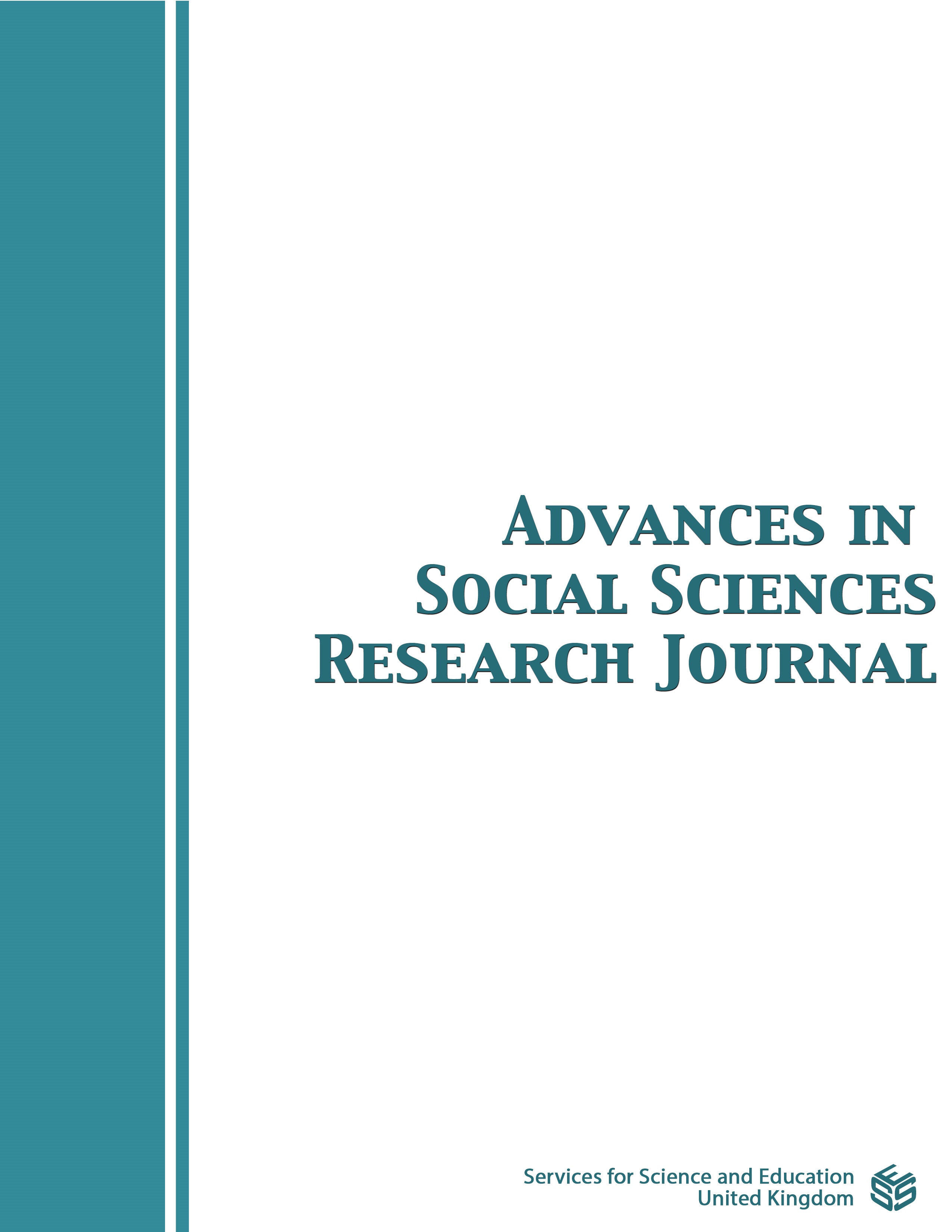Influence of Preventive Mechanisms on Counter Terrorism Measures in Garissa University in Kenya
DOI:
https://doi.org/10.14738/assrj.910.13267Keywords:
Preventive Mechanisms, Terrorism, Counter Terrorism Measures. Soft Targets, UniversityAbstract
This paper was derived from a study that was carried out in Garissa University in Kenya. Counter Terrorism Measures are the world’s most effective actions of dealing with the threatening effects and consequences of terrorism. Having appropriate preventive mechanisms is a contribution by the government and security planners to ensure the nation and the universities are secure for learning to progress without any disruptions. The specific objectives of this study were to evaluate the influence of preparedness, assess the influence of preventive mechanisms, analyze the influence of challenges and establish the influence of the role of stakeholders in Counter Terrorism Measures in Garissa University in Kenya. Rational choice theory and descriptive research design was employed, targeted 105 students and staff. Data was collected using a semi structured questionnaire, analyzed using (SPSS) version 22.Results revealed that preparedness, preventive mechanism, challenges, and role of stakeholders had a statistically positive influence on CT measures in Garissa University in Kenya. These accounted to 49.7% of the variations in counter terrorism measures in Garissa University, this indicates that other factors not studied contributes to the other 50.3%.The study recommends more resources for counter terrorism measures, improvement on intelligence sharing, provision of modern communication systems and the University to collaborate more with other agencies to ensure laws are developed to help in monitoring of internet The study has contributed to theory building; informs the policy makers , on the importance continuous improvement Counter Terrorism Measures.
References
. Enders, W., & Sandler, T. (2012). The Political Economy of Terrorism. Cambridge: Cambridge University Press
. Lewis, T. G. (2019). Critical infrastructure protection in homeland security: defending a networked nation. John Wiley & Sons.
. Sandler, T., &Siqueira, K. (2006). Global terrorism: deterrence versus pre‐emption. Canadian Journal of Economics/Revue canadienned'économique, 39(4), 1370-1387
. Broeders, D., & Engbersen, G. (2007). The fight against illegal migration: identification policies and immigrants' counterstrategies. American Behavioral Scientist, 50(12), 1592-1609.
. Bayo, O. A. (2012). Research on terrorism: an overview of theoretical perspectives. Asian Journal of Research in Social Sciences and Humanities, 2(9), 11-27.
. Tsintsadze-Maass, E., &Maass, R. W. (2014). Groupthink and terrorist radicalization. Terrorism and Political Violence, 26(5), 735-758.
. Pistone, I., Eriksson, E., Beckman, U., Mattson, C., & Sager, M. (2019). A scoping review of interventions for preventing and countering violent extremism: Current-status and implications for future research. Journal for deradicalization, (19), 1-84
. Muraya, J. K., Okuto, E., Ochieng, D. O., &Gabow, N. Y. (2020). Counter-Terrorism Measures in Selected University Campuses in Nairobi County, Kenya.International Journal of Advances in Scientific Research and Engineering 6(6). doi:10.31695/IJASRE.2020.33832
. Auya, S., &Ndombi, C. S. (2016). Defensive Counterterrorism: Effectiveness of Screening on Preventing Terror Attacks in Institutions of Higher Learning in Nairobi, Kenya. International Journal Series in Multidisciplinary Research (IJSMR) (ISSN: 2455-2461), 2(1), 11-20.
. Duwan, I. J. A. (2014). Integrated science education as an effective tool for resolving some security problems in Nigeria. Watari Multi-Disciplinary Journal of Science, Technology and Mathematics Education, 2(1), 24-31.
. Buzan, B. (2008). People, states & fear: an agenda for international security studies in the post-cold war era. Ecpr Press.
. Sandler, T. (2014). The analytical study of terrorism: Taking stock. Journal of Peace Research, 51(2), 257-271.
Downloads
Published
How to Cite
Issue
Section
License
Copyright (c) 2022 Esther Kinanu Ringera, Joyce Kaguta, Anne Sang

This work is licensed under a Creative Commons Attribution 4.0 International License.
Authors wishing to include figures, tables, or text passages that have already been published elsewhere are required to obtain permission from the copyright owner(s) for both the print and online format and to include evidence that such permission has been granted when submitting their papers. Any material received without such evidence will be assumed to originate from the authors.






